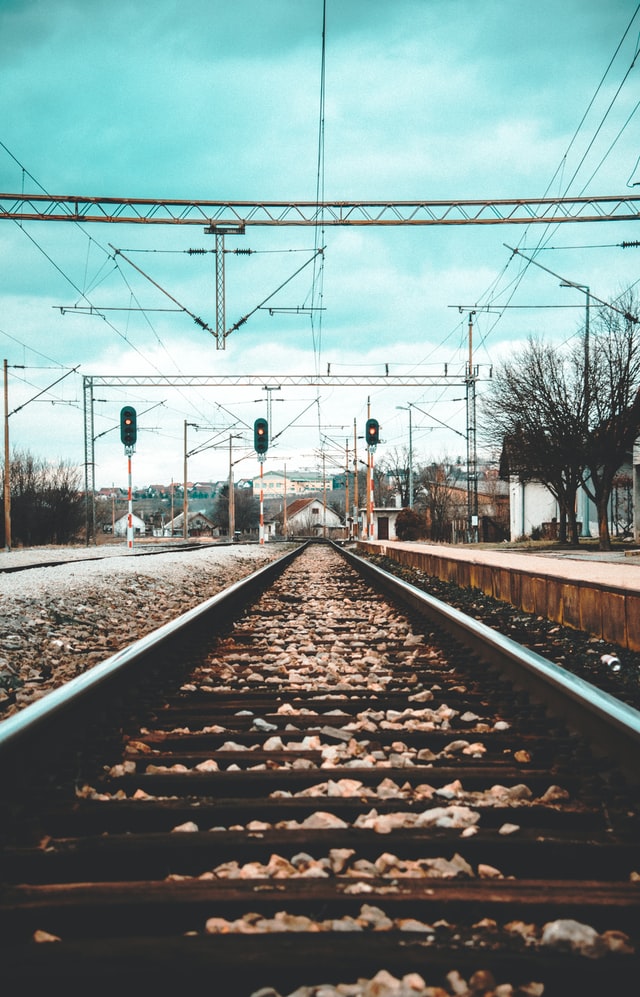With 27.182 kilometers, the Japanese rail network is the 11th in the world. In 2012, it transported 29.3 billion passengers, more thanthree times the capacity of commercial buses, taxis and other shuttle service throughout Japan. Rail has long been dominant inpassenger transport modes in Japan, with nearly 70% of passengers carried in a public manner, against 15% for road and just under15% for air, which contrasts with freight transport in which the railway is almost nonexistent. It is also a dense network of operators made of 160 private and public companies.
High speed and long distance is the business of Japan Railways, a company established in 1987 following the privatization of the former Japan National Railways. There are 5 large companies in the railway construction (Kawasaki Heavy Industries, Kinki Sharyō,Nippon Sharyō, Hitachi and Tokyu Sharyō) which work for large rail operators. Furthermore, 7 smaller companies work with a network of more than 150 subcontractors. Japan is mobilizing its forces to produce railway solutions which tomorrow will pollute less, run faster, use less energy and be even safer.
Japan is also aware of the necessity to look abroad. It intensifies its efforts, with the support of government to establish its presence in Asia, the Americas, etc. If the penetration of the European market (42% of the global market) remains a big challenge, it is not said that with his experience, a reputation for reliability and world-proven capacity for innovation, Japan ultimately prevail also in the old continent.
In this perspective, many opportunities arise to European leaders, whether to intensify cooperation in R & D with Japan, attract investors or working with Japanese manufacturers in third markets.

